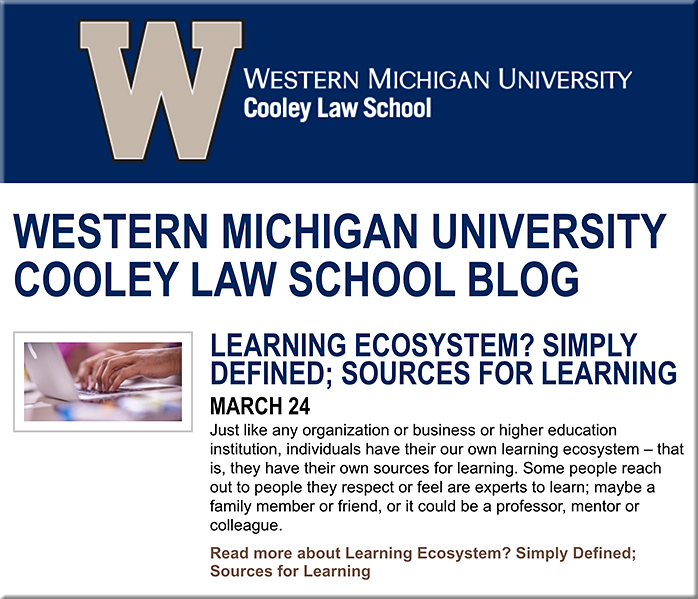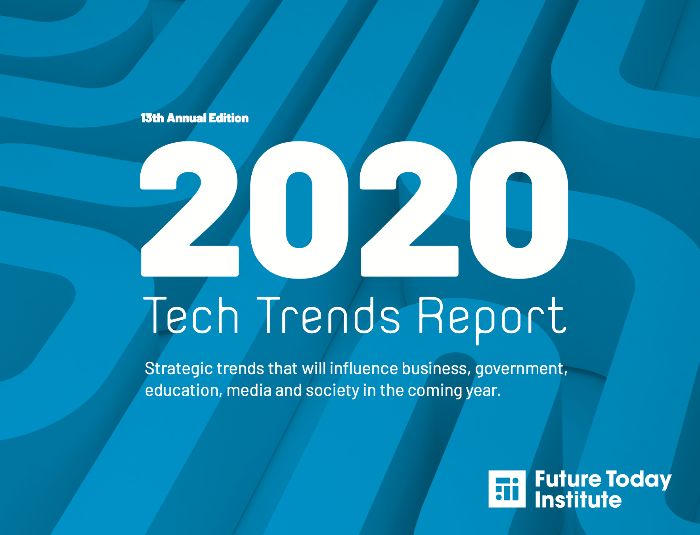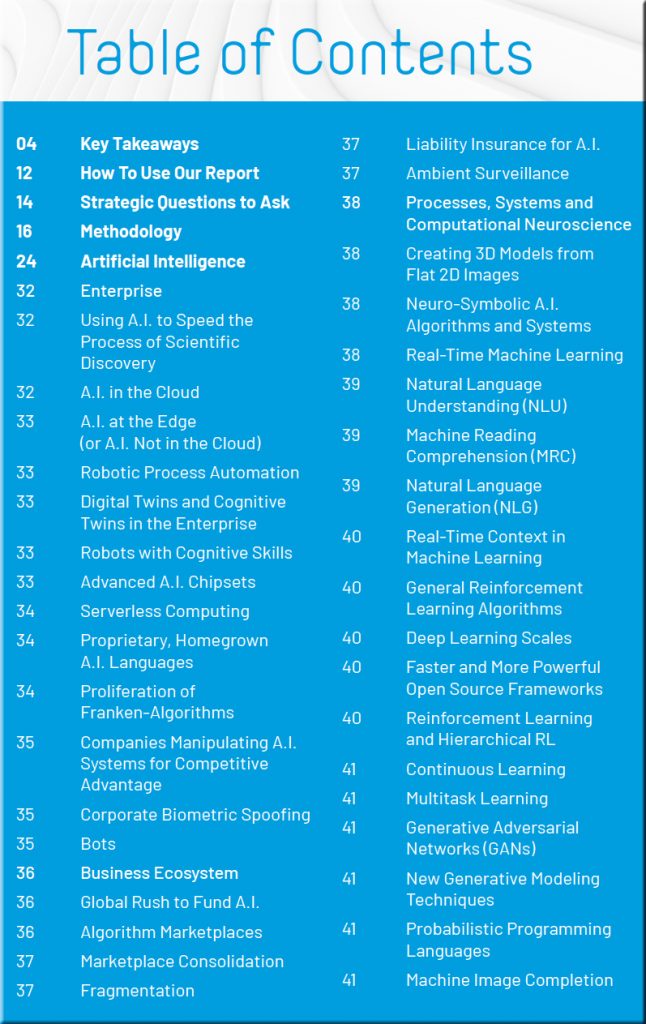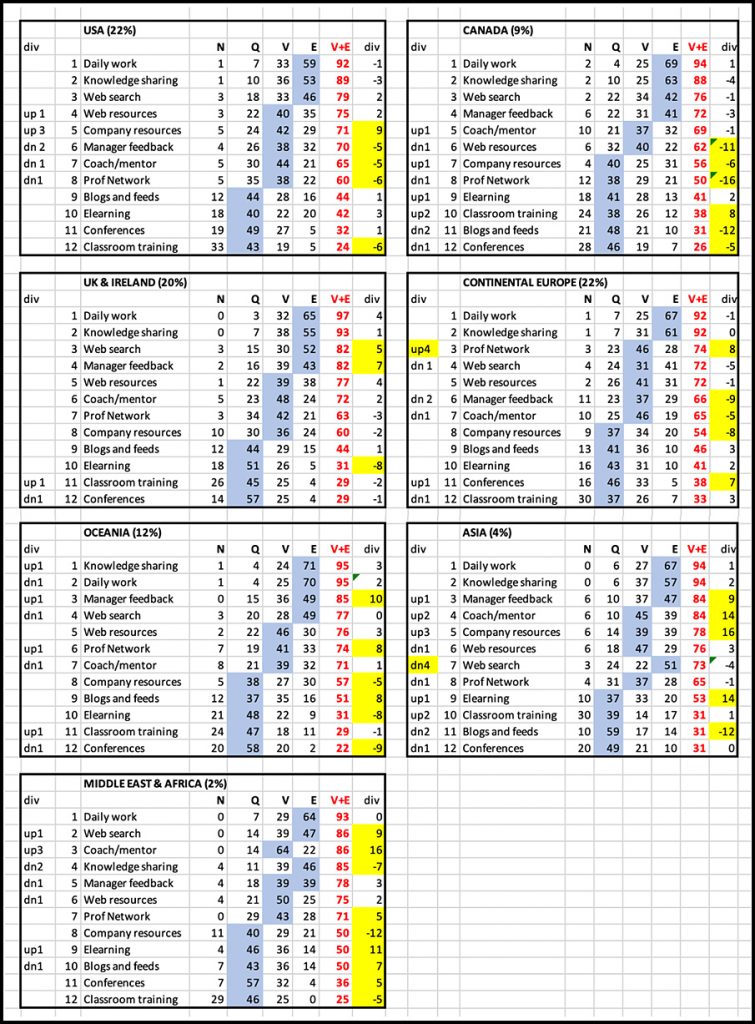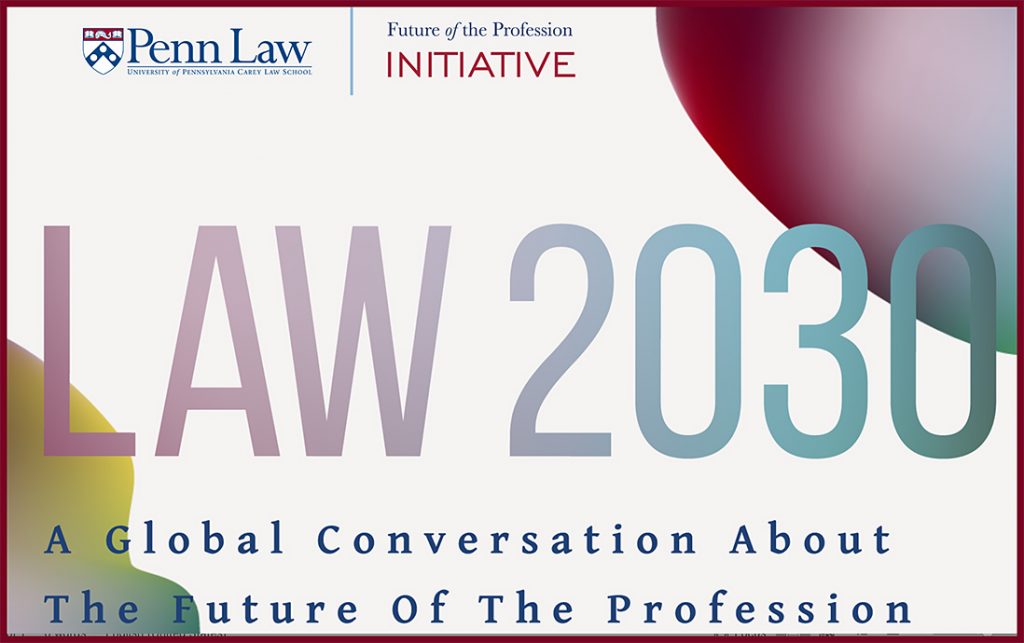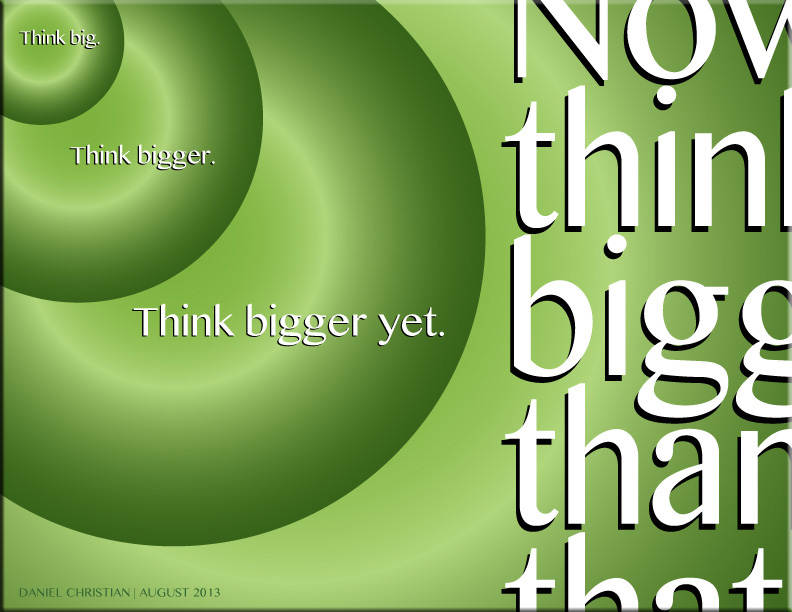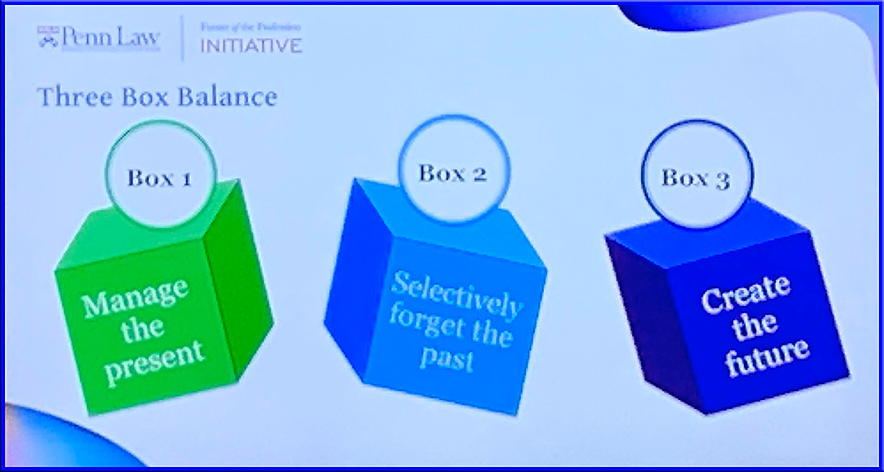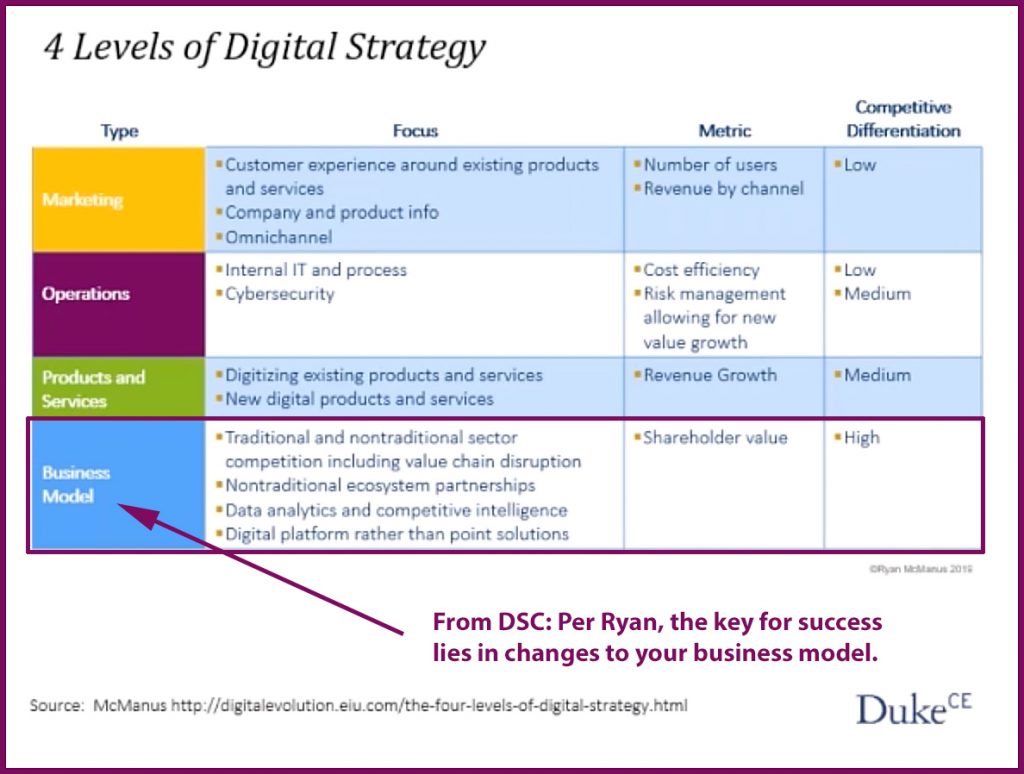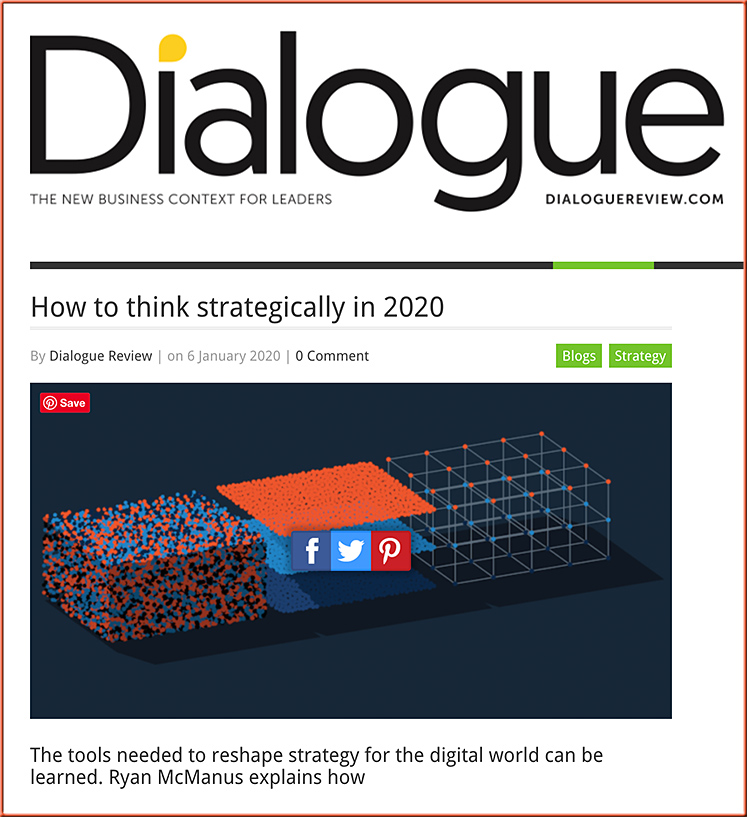It’s the dawning of a new day in the job market. Here’s what that means for higher ed — from edsurge.com by Sean Gallagher
Excerpts:
As we enter a recession, many experts believe that the unemployment rate will spike well into the double digits—to 15 percent according to Goldman Sachs, or as high as 32 percent according to the Federal Reserve Bank of St. Louis. Whatever the exact figure, we’ve gone quickly from nearly full employment to tens of millions of Americans being out of work in a transformative “100-year flood.” Hopefully, this economic disruption will be as short as possible —but a shift of this magnitude will have both immediate and long-lasting implications for the higher education ecosystem in addition to the world of work itself.
…
According to past opinion polls we’ve conducted at Northeastern University, American workers recognize that lifelong learning is critical to staying prepared for these ongoing technology-related changes in the job market. Upskilling workers to compete in a more technology-driven job market—and developing human skills to augment or work alongside smart machines—is now even more of an imperative.
What jobs employers will be hiring for—and what professional programs learners will be interested in pursuing—will also inevitably be reshaped.











